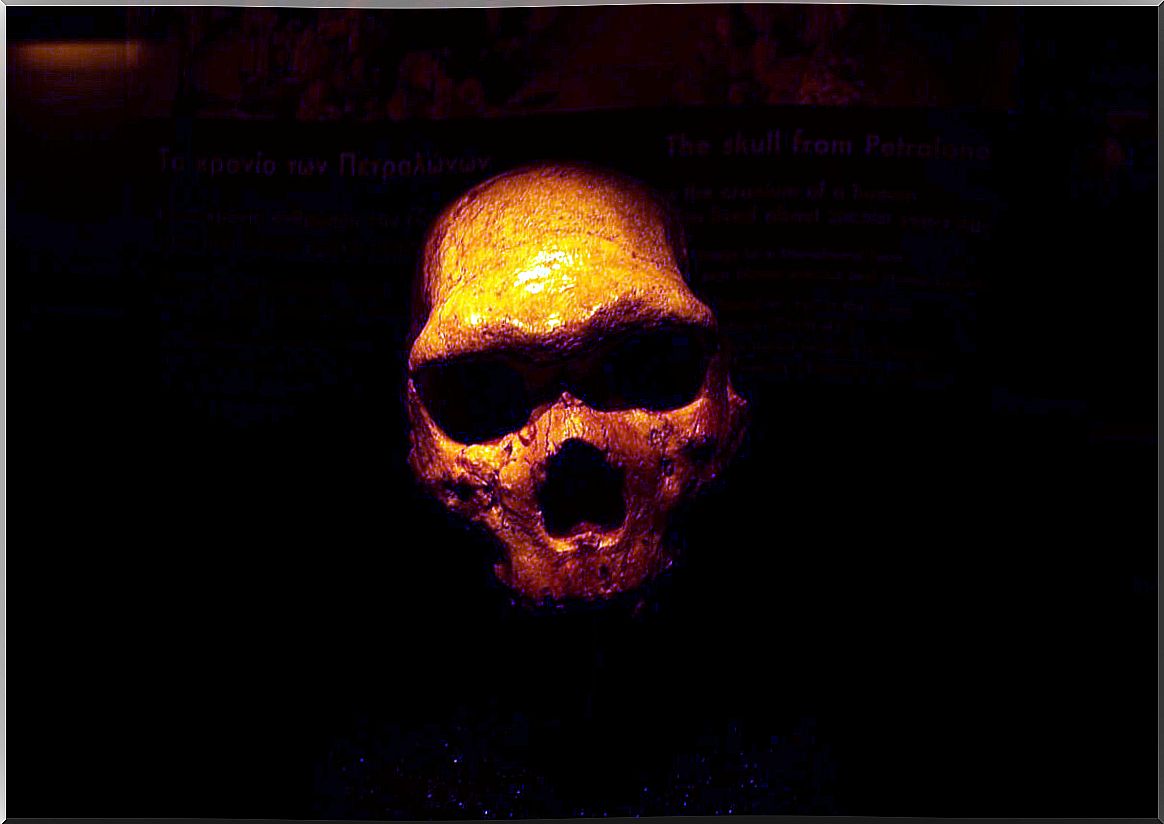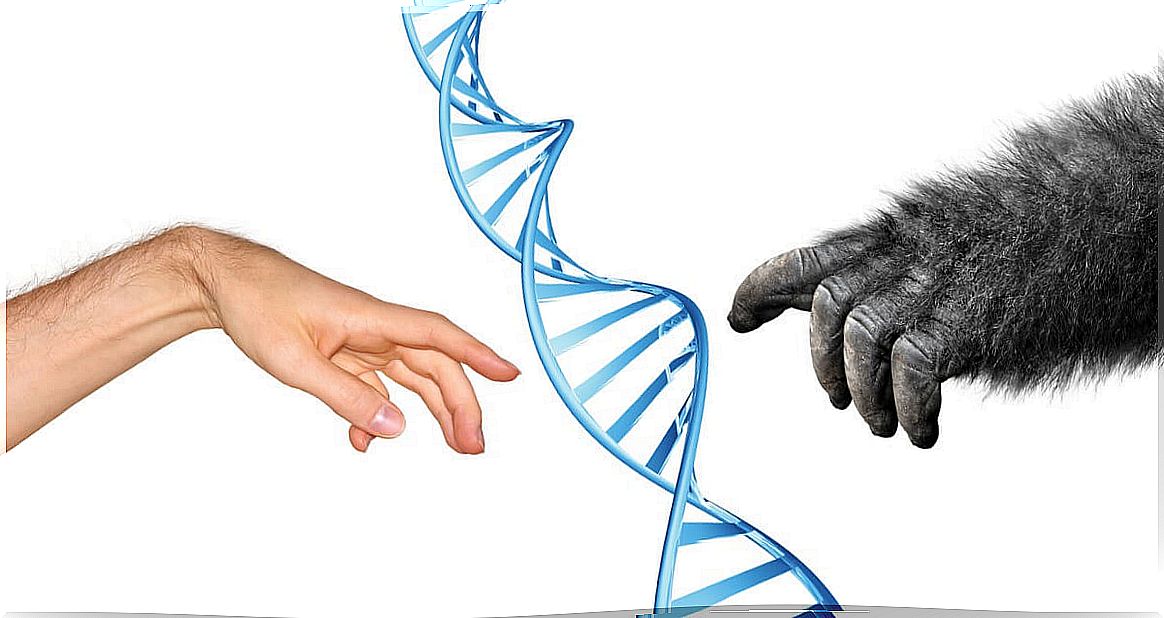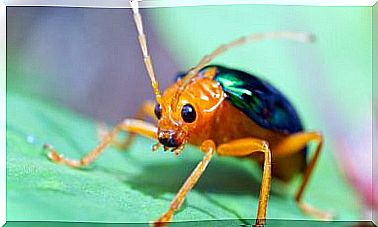Why Were Neanderthals Extinct?

Currently, humans are unique beings on the planet, but this has not always been the case. In the past, there have been numerous species of humans and, even, some coexisted in time and space with Homo sapiens . Neanderthals stand out among them, but why did these members of the genus Homo become extinct ?
The most recent scientific research indicates that these animals were much more similar to modern humans than it might appear. If this is so, why did they disappear? This is a difficult question to answer, for which there is still no clear consensus, but which we will try to address along these lines. If you want to know more, keep reading.
What were Neanderthals like?
Neanderthals ( Homo neanderthalensis ) were one of the Homo species that inhabited the planet at the same time as Homo sapiens , along with others such as Homo erectus or the Denisovans. Neanderthals and Denisovans can be considered “cousins” of modern humans, since they share a common ancestor.
From this ancestor, Neanderthals took a different evolutionary path. While H. sapiens originated and evolved primarily in Africa, H. neanderthalensis was eminently Eurasian.
Therefore, this hominid adapted to a different environment, possibly colder and more wooded, which resulted in a morphology and appearance different from the typical human being. Neanderthals were stockier, more muscular, and smaller than H. sapiens , with a wider, barrel-shaped rib cage and shorter limbs.
In addition, its skull was larger and elongated and the jaw more powerful. It also highlights its supraorbital torus – a bone thickening above the eyes – more marked, the presence of a large nose and a fading forehead.

Regarding their behavior, these hominids were far from the brute and unintelligent beings that have been traditionally represented. These ancient humans were intelligent, sociable, and skilled: they lived in groups, created complex art and tools, cared for the sick, buried the dead, and were able to have language.
All this seems to indicate that they were technologically and culturally on a par with the H. sapiens of the time, with which they coexisted in Eurasia for millennia, until they disappeared approximately 40,000 years ago.
If they were so advanced, why did the Neanderthals go extinct?
There is no answer to this question yet, but several very different hypotheses have been proposed. Next, we will tell you the generalities of some of the most accepted applications to explain why Neanderthals became extinct.
Competition between species
Some of the investigations propose direct or indirect competition between H. sapiens and H. neanderthalensis as the main cause of the latter’s extinction.
Many options have been proposed by which H. sapiens could have emerged victorious from this conflict. Among them, it stands out a greater efficiency when it comes to obtaining resources and advantages in direct confrontations, due to their different anatomy or social organization. This species also presented better hunting techniques, feeding and production of clothing or shelters.
On the other hand, demographic differences – such as in reproductive rate, growth rate or longevity – or the transmission of diseases for which Neanderthals had no defenses could have been equally important in shifting the balance towards H. sapiens .
Climate change
Other crucial factors for the demise of Neanderthals could have been environmental changes. The time before Neanderthals became extinct seems to have been characterized by great climatic instability, which coincided with various natural disasters – such as volcanic eruptions.
This would have destroyed the habitats to which the Neanderthals were adapted, which surely resulted in a serious decline in their populations. The social nuclei of the Neanderthal would have been reduced so much that phenomena such as inbreeding, reproductive collapse or genetic drift ended up destroying the species.
It is also possible that by the time H. sapiens arrived in Europe and Asia, Neanderthal populations were already severely degraded, due to environmental factors. Therefore, they may not be able to withstand competition with a seemingly more fit species.
What if Neanderthals were not extinct?
There is another possibility. Neanderthals and H. sapiens coexisted for a long time and there is evidence to indicate that they reproduced each other. Furthermore, a percentage of the genetic material of modern humans appears to be of Neanderthal origin, especially Eurasian humans.
Therefore, it is possible that Neanderthals never became extinct. Instead, when H. sapiens arrived in their territories, small populations of Neanderthals may have assimilated through reproduction. According to this theory, both species became one.

As in other extinctions of animal species, probably many of the factors mentioned above combined and produced a synergistic effect, which ended up eliminating these ancient and similar living beings from the planet.








